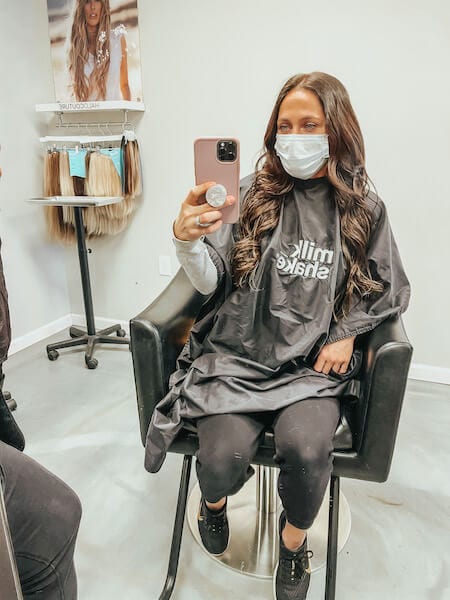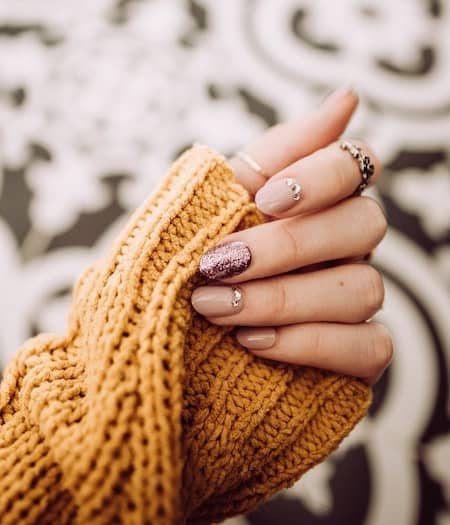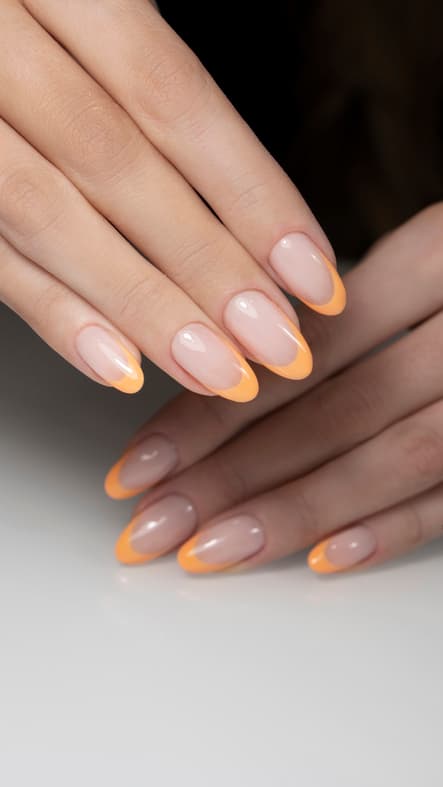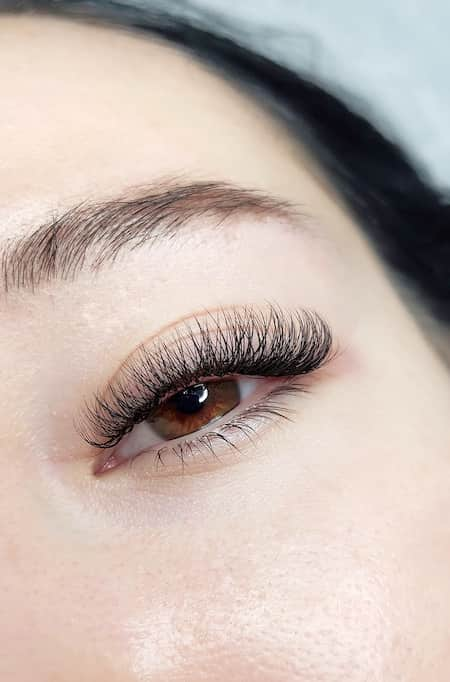DIY Milk and Honey Bath Recipe
For centuries, milk baths have been used as an indulgent beauty ritual to cleanse, soften, and rejuvenate the skin. The lactic acid found in milk offers both hydrating and nourishing properties while acting as a gentle exfoliator.
What’s more – the additional ingredients you can add to these lavish baths such as essential oils and Epsom salts create a relaxing and soothing experience making the perfect end to any day!
Like other homemade bath products, making your own DIY milk bath recipe gives you full control over the natural ingredients you’d like to use to help you look and feel your best.
In this post we’ll go over the benefits of milk baths, the best ingredients to use for your milk bath soak, and your own DIY milk and honey bath recipe using all-natural ingredients that are great for skin care, relaxation, and a moment of self-care!

What is a milk bath?
A milk bath is essentially exactly what it sounds like – a bath in which milk is added to the water. Milk baths have been used for centuries as a way to nourish and moisturize the skin, and they just so happen to come with several health benefits, which we’ll get to below!
Milk contains lactic acid, which acts as a mild alpha hydroxy acid and helps to exfoliate the skin while removing dead skin cells. It is also rich in vitamins and minerals that can help to nourish and hydrate the skin.
The skin-care benefits of milk baths can be further enhanced by the additional ingredients that you add to these baths such as essential oils and epsom salts. Milk baths are such a great way to relax and pamper yourself, giving a little self-care after a long and stressful day.
Benefits of a Milk Bath Soak
Milk baths are believed to offer several overall health benefits – aside from the obvious relaxation of the body and mind.
In addition to the benefits provided by the milk itself, the ingredients that you add to your milk baths such as Epsom salts and natural oils can offer numerous additional benefits as well! These include:
- Moisturizing the skin
- Exfoliating the skin
- Reducing inflammation
- Reducing stress and anxiety
- Relieving muscle aches and pains
- Soothing dry or itchy skin
- Improving sleep
There are many milk bath benefits. If you have specific concerns you can add more items to your list of ingredients which we’ll go over below,
The Best Ingredients To Add To A Milk Bath
Powdered Milk – powdered milk dissolves into warm water beautifully and makes storing and using this milk bath recipe much easier and more convenient than with liquid milk.
Epsom salt – these bath salts help to soothe the skin and relax the body.
Baking soda – along with the milk, baking soda helps to gently exfoliate the skin while also cleansing and detoxifying the body.
Honey – Honey is a natural humectant, which means that it helps to retain and preserve moisture in the skin. Honey not only helps to keep the skin hydrated and prevent dryness, but it also contains antioxidants and has anti-inflammatory and antibacterial properties.
Essential Oils – Adding essential oils to your bath is such a great way to increase the benefits of your milk bath. There is no need to add carrier oil.
Colloidal Oats – Oats are a great addition to any bath as they contain properties that are naturally soothing and moisturizing. Just like an oatmeal bath, simply add raw oats to a coffee grinder or food processor and blend until a very fine powder.
Rose Petals (or other dried flower petals) – Dried flower petals make for a beautiful floral bath soak while adding relaxing aromas when mixed with the water. They can also provide anti-inflammatory effects.

Types of Milk To Use In A Milk Bath
Using powdered milk for a milk bath is much easier and more convenient than liquid milk as it blends smoothly into the bathwater and is much easier to store for later use.
You can, however, use liquid milk if that’s what you have on hand! You may notice it leaves a bit of a film on top of the bathwater and you’ll likely want to rinse off afterward but the benefits will remain the same, it’s simply a matter of preference and convenience.
Here are a couple of our favorite types of milk to use in powdered form in a milk bath:
- Whole Milk Powder – This is likely the most popular option and is a great choice for a milk bath!
- Coconut Milk – This is a great vegan alternative to dairy milk powder. Coconut milk powder also contains additional fatty acids that are great for moisturizing the skin, especially irritated skin!
- Goat Milk – Like dairy cow milk, goat’s milk contains lactic acid that provides a host of health benefits when added to a milk bath. This is a good option for those who may be allergic to cow’s milk.
- Donkey Milk – Though not as common, donkey milk is packed with a variety of benefits, particularly its anti-aging properties.
Additionally, donkey milk contains amino acids and fatty acids that are great for skin care. Donkey milk is also said to very closely resemble human breast milk when it comes to the advantages it provides.

The Best Essential Oils For A Milk Bath
Lavender Oil – This is my favorite essential oil for a little relaxing self-care. Whether you add it to a milk bath or your favorite bath salts, this oil provides a great bath experience after a long day!
Rose Oil – This oil is not only said to have moisturizing properties but the floral fragrance is wonderful for relaxation and calming the mind making it the perfect addition to a milk bath.
Sweet Almond Oil – Almond oil is packed with vitamins and nutrients that are especially great for the skin. This oil also absorbs easily making it a great bath-time moisturizer.
Almond oil can, however, cause irritation in those with sensitive skin or with allergies to nuts – in those cases, you should opt for a more calming oil such as lavender oil.
Jojoba Oil – Jojoba oil is another plant-based oil that is extremely moisturizing and even contains anti-inflammatory properties. Like almond oil, it is easily absorbed and has an extremely faint scent making it a great oil to pair with another more aromatic oil.
DIY Milk Bath Recipe
This simple milk and honey bath recipe can be made with just a couple of simple ingredients from your local grocery store.
Equipment Needed
Main Ingredients Needed
- 1 cup powdered milk
- 1/4 cup honey powder
- 1/4 cup Epsom salt
- 1/4 cup tapioca starch (or cornstarch)
- 1/4 cup baking soda
- 10 – 20 drops essential oils (optional)
To make the powder milk bath soak:
- In a medium bowl, mix the powdered milk, powdered honey, Epsom salt, tapioca starch, and baking soda until well combined.
- If desired, add a few drops of your favorite essential oils to the mixture and combine.
- Transfer the mixture to an airtight container, such as a mason jar for storage.
How To Make A Honey Milk Bath
To use the powder milk bath soak, simply add 1/2 cup to 1 cup of the mixture to your warm bathwater and stir it in to dissolve. Soak in the bath for 20-30 minutes to allow the ingredients to work their magic on your skin. Rinse off in the shower, and pat your skin dry.
Honey Milk Bath FAQ’s
What is the best way to store this honey and milk bath soak?
This honey and milk powder recipe is best stored in an airtight container at room temperature. It should be kept away from direct sunlight and moisture to preserve its quality and shelf life.
I recommend labeling the container with the date so you can keep track of how long the milk bath recipe has been stored. DIY bath products are typically best used within 6 months to a year for optimal freshness.
Can you use liquid milk in this recipe?
Yes! To use liquid milk to create a milk bath simply pour up to a quart of fresh milk into the hot bath water. Sprinkle the remaining ingredients into the water and mix well for all of the additional benefits.
You can also add milk to a bathtub with honey bath bombs for an easy way to add a gentle exfoliator.
Can I add oatmeal to a milk bath?
Absolutely! Adding ground oats (or colloidal oatmeal) to a warm bath is a good way to ease everything from dry skin to various skin irritations like poison ivy and even an allergic reaction.
To make a DIY oatmeal milk bath recipe you can simply add 1/2 cup of ground oats to the recipe above!
Whether it’s for your daily bath or a once-in-a-blue relaxation day, we hope this simple DIY recipe has helped you feel more confident for your first time creating your own milk bath.





